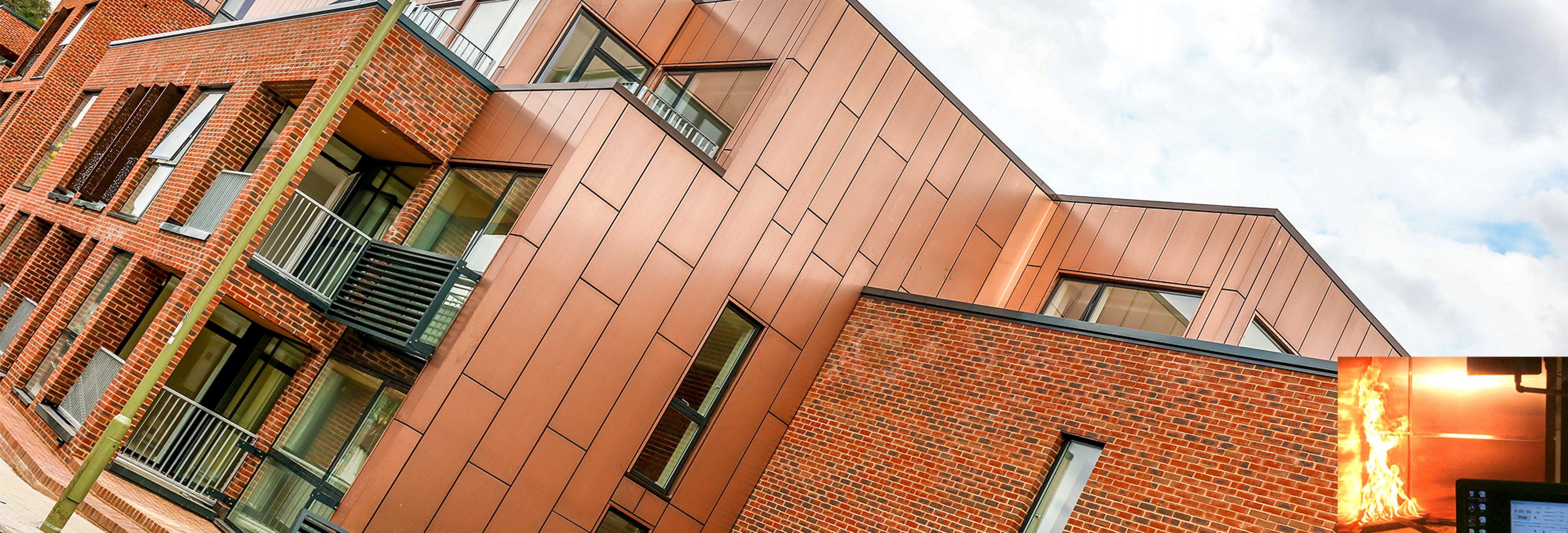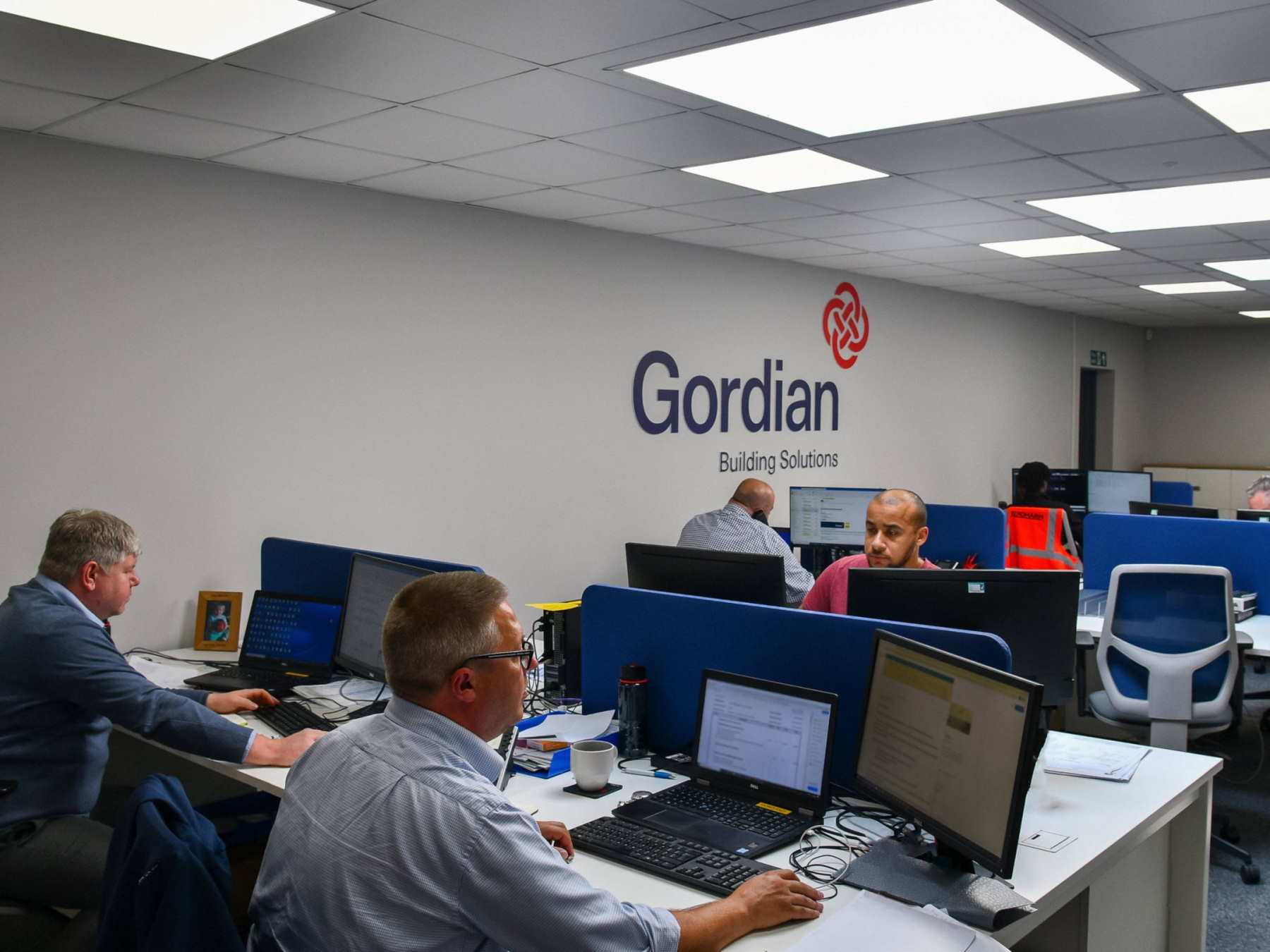Fire Safety & Performance
At a glance; fire ratings
The Euroclass system (classified in accordance with BS EN 13501-1:2018) sets out a product’s fire performance by measuring characteristics such as ignitability, flame spread, heat release, smoke production and ability to produce flaming droplets or particles. The classifications run from A1 to F, and are structured for example as follows A2-s1, d0.
See below classifications:
- A1 – non-combustible
- A2 – limited combustibility
- B – very limited contribution to fire
- C – limited contribution to fire
- D – medium contribution to fire
- E – high contribution to fire
- F – easily flammable
The ‘s’ part relates to total smoke propagation, during the first ten minutes of exposure. These determine a ‘smoke’ index:
- s1 – a little or no smoke
- s2 – quite a lot of smoke
- s3 – substantial smoke
The ‘d’ part relates to ‘flaming droplets and particles’ during the full length of exposure. The index is:
- d0 – none
- d1 – some
- d2 – quite a lot
Testing in detail
Building regulations require that materials that become part of an external wall on a notified building must achieve Euroclass A2-s1, d0, or A1.
To obtain EN 13501-1 classification, the product or system needs to have been tested by a third-party certified laboratory to EN 13823, which is known as a Single Burning Item (SBI) test. The results of this test confirm the Fire Growth Index Rate (FIGRA), Lateral Flame Spread (LFS), and Total Heat Release (THR600s). Additional classification parameters are defined for Smoke Growth Rate Index (SMOGRA), Total Smoke Production (TSP600s), and flaming droplets/particles.
Further to the SBI test, to classify a product as being of non/limited combustibility (A1/A2 rating), each individual component or layer must also be tested to either EN 1716 or EN 1182. EN 1182 confirms that products are non-combustible by a specimen being ground and burnt. EN 1716 determines the potential maximum total heat release of a product when burned completely by calculating the Gross Calorific Potential (PCS) in either MJ/kg or MJ/m2.
When specifying facade products
Always ask to see a copy of the façade cladding manufacturer’s classification report and Declaration of Performance (DoP to be provided where a harmonised European standard exists) to confirm compliance with building regulations. To ensure compliance with building regulations, all components/layer of the wall build-up must comply (not just the rainscreen/cladding panel). Should you have any difficulty finding products or the correct documentation for products you wish to specify, please do not hesitate to contact a member of the Gordian team for support.




